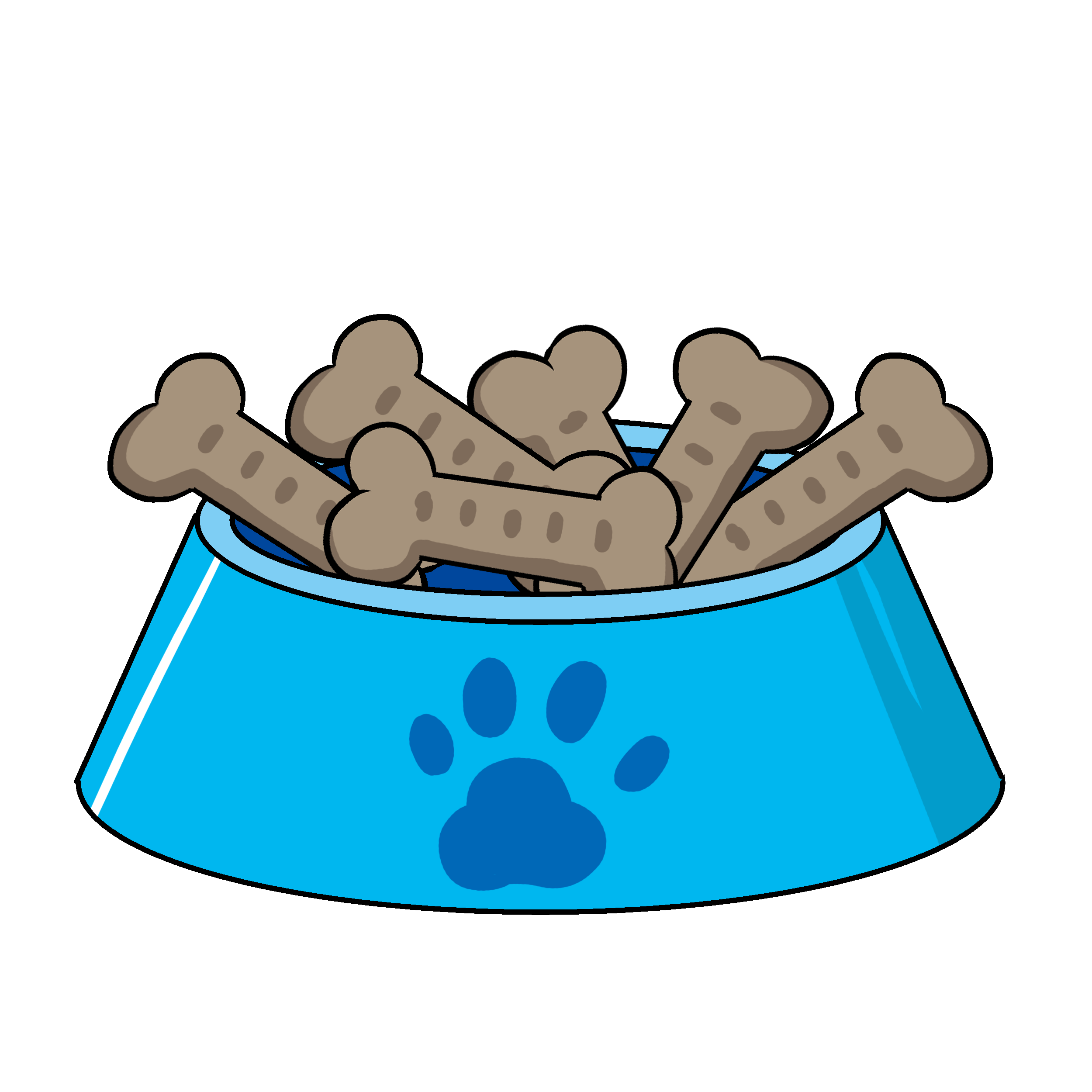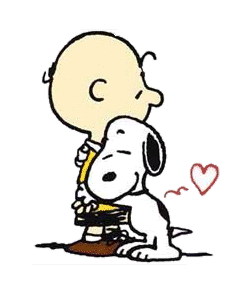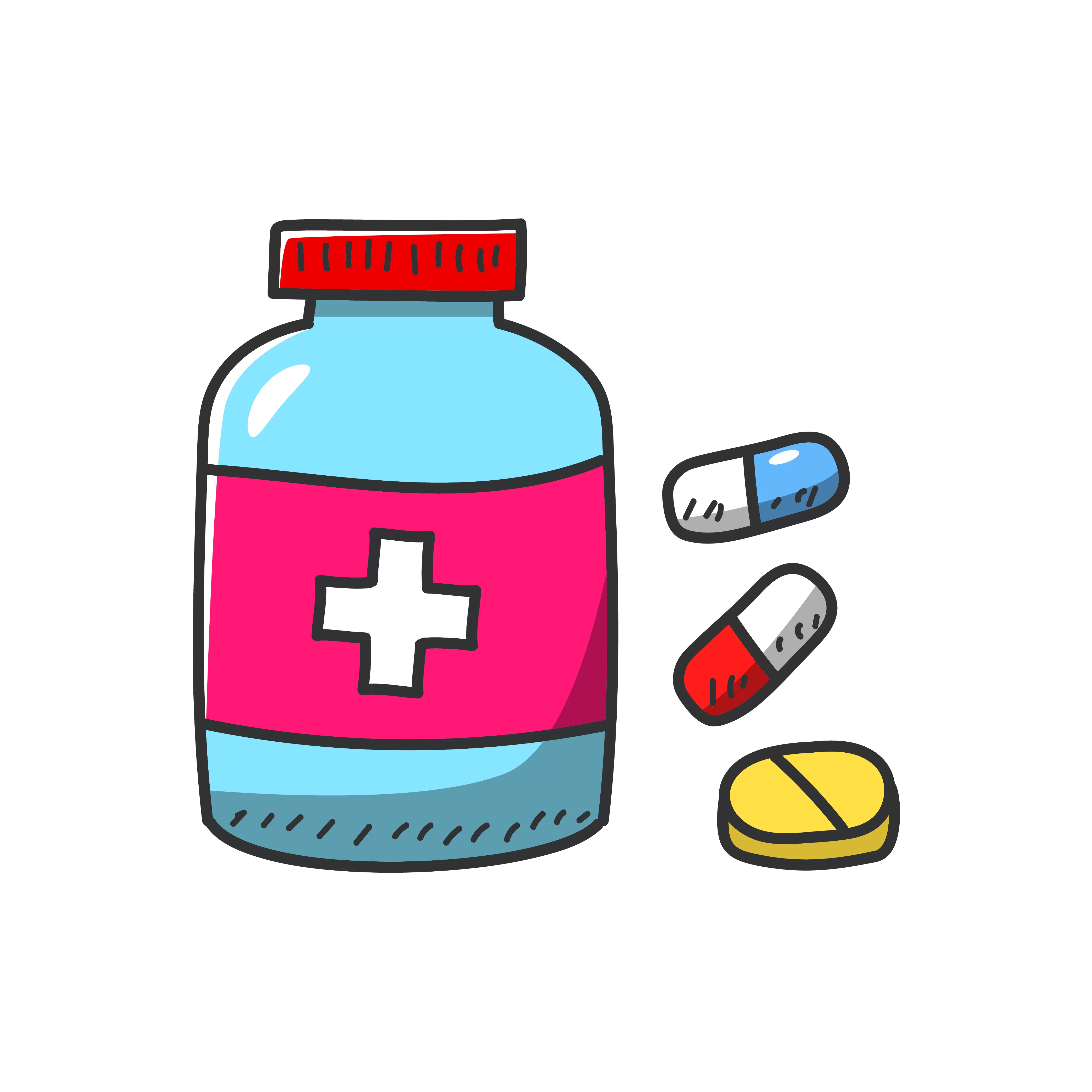Pet-Safe Halloween
Pet-Safe Halloween: Top Tips for a Furry-Friendly Celebration
Halloween is a time for fun, costumes, and spooky vibes, but it can also bring some risks for our furry companions. As you prepare to enjoy the festivities, it’s important to consider how to make sure your pets stay safe and stress-free. This guide offers tips for a Pet Safe Halloween that ensures everyone can enjoy the season!
1. Keep Halloween Treats Away from Pets
Chocolate and Sweets
Chocolate, especially dark chocolate, can be toxic to dogs and cats. Even small amounts can cause serious health issues. Candy wrappers can also pose a choking hazard if your pet decides to chew on them.
Tip: Store all Halloween treats in a secure location, away from pets. Be mindful of guests who may leave candy out within reach of your curious companions.
Xylitol and Artificial Sweeteners
Many sugar-free candies and gums contain xylitol, a sweetener that can be extremely toxic to pets. Ingesting even small amounts can lead to low blood sugar, liver failure, and death.
Tip: Always check the ingredients of any Halloween treats and ensure that your pets never have access to items containing xylitol.
2. Choose Pet Safe Halloween Costumes
Comfort is Key
If you enjoy dressing up your pets, make sure the costume is comfortable, safe, and doesn’t restrict movement. Pets often don’t enjoy wearing costumes, so only dress them up if they seem comfortable with it. Avoid costumes with small parts that can be chewed or swallowed, as they may present choking hazards.
Tip: Opt for simple accessories like bandanas or pet-safe costumes that don’t interfere with your pet’s ability to move freely or breathe properly.
Costume Safety
Be cautious of costumes with long strings, buttons, or beads that could get caught on objects or cause choking. Additionally, costumes should not cover the pet’s face or obstruct their vision or breathing.
Tip: Always supervise your pet when they’re wearing a costume, and remove it if they appear stressed or uncomfortable.
3. Be Mindful of Decorations
Keep Decorations Out of Reach
Halloween decorations such as fake cobwebs, strings of lights, and small figurines can be tempting for pets to chew or play with. Some decorations may also contain harmful chemicals or sharp edges.
Tip: Secure decorations out of your pet’s reach and avoid using small, easily swallowed items like plastic spiders or beads. If you use candles, make sure they are placed in safe, pet-proof holders.
Beware of Toxic Plants
Many popular Halloween plants, like pumpkins and certain types of fall foliage, are safe for pets. However, others, like chrysanthemums, are toxic to dogs and cats. Always double-check what plants are in your home before decorating.
Tip: Stick to pet-safe decorations or place plants well out of your pet’s reach.
4. Monitor Trick-or-Treating
Keep Pets Indoors
The doorbell ringing repeatedly can cause stress and anxiety for pets, especially dogs. The excitement of kids in costumes can also be unsettling. To prevent your pets from bolting out the door or becoming frightened, consider keeping them in a quiet, secure room during trick-or-treating hours.
Tip: Set up a cozy space for your pet away from the door with familiar toys and treats to help them feel calm.
Keep Pets Calm Around Costumes
If your pet seems nervous or scared of people in costumes, don’t force them to interact with trick-or-treaters. Some pets may find costumes frightening, and this can lead to stress or even aggression.
Tip: If your pet is particularly anxious around costumes, consider limiting their exposure to trick-or-treaters by keeping them in a quiet area.
5. Watch Out for Hazardous Items
Candles and Glowsticks
Candles are commonly used in Halloween decorations, but they pose a fire hazard, especially if your pet gets too close. Glowsticks, while popular for their fun lighting effect, can be harmful if ingested.
Tip: Use battery-operated candles instead of real flames and keep glowsticks out of reach.
Small Items
Things like fake teeth, plastic skulls, or small toys can easily be swallowed by curious pets, leading to choking or gastrointestinal issues.
Tip: Make sure to remove or secure any small Halloween items that your pets might find appealing but can be hazardous.
6. Keep Pet Identification Updated
Collars and ID Tags
With all the activity during Halloween, pets can become frightened and may attempt to escape. Make sure your pets’ collars are on securely and that their ID tags are up-to-date. If your pet has a microchip, ensure the chip information is current.
Tip: Consider placing a pet GPS tracker on your pet’s collar, especially if they tend to get anxious or run off during busy times.
7. Don’t Overdo the Treats
Moderation is Key
While it’s tempting to treat your pets with special Halloween snacks, it’s important to avoid overfeeding them with unhealthy foods. Rich or fatty foods can cause upset stomachs, diarrhea, and in some cases, pancreatitis.
Tip: Stick to pet-safe treats and limit the amount to avoid overindulgence. If you do want to share the holiday spirit with your pet, opt for healthy, pet-friendly treats instead of sweets.
Conclusion
Halloween should be a fun and safe time for everyone in the family, including your pets. By keeping Halloween treats out of reach, dressing pets in safe costumes, securing your home from potential hazards, and monitoring their stress levels, you can ensure a joyous and safe celebration for your furry friends. With a little extra care, both humans and pets can enjoy the spooky season together!
 Get THE BEST Pet Supplements Here…
Get THE BEST Pet Supplements Here…


 Click HERE To Read More…
Click HERE To Read More… Learn Cat Language NOW…
Learn Cat Language NOW… CLICK Here To Become A Dog Trainer…
CLICK Here To Become A Dog Trainer… Get THE BEST Pet Probiotics here…
Get THE BEST Pet Probiotics here…
Leave a Reply